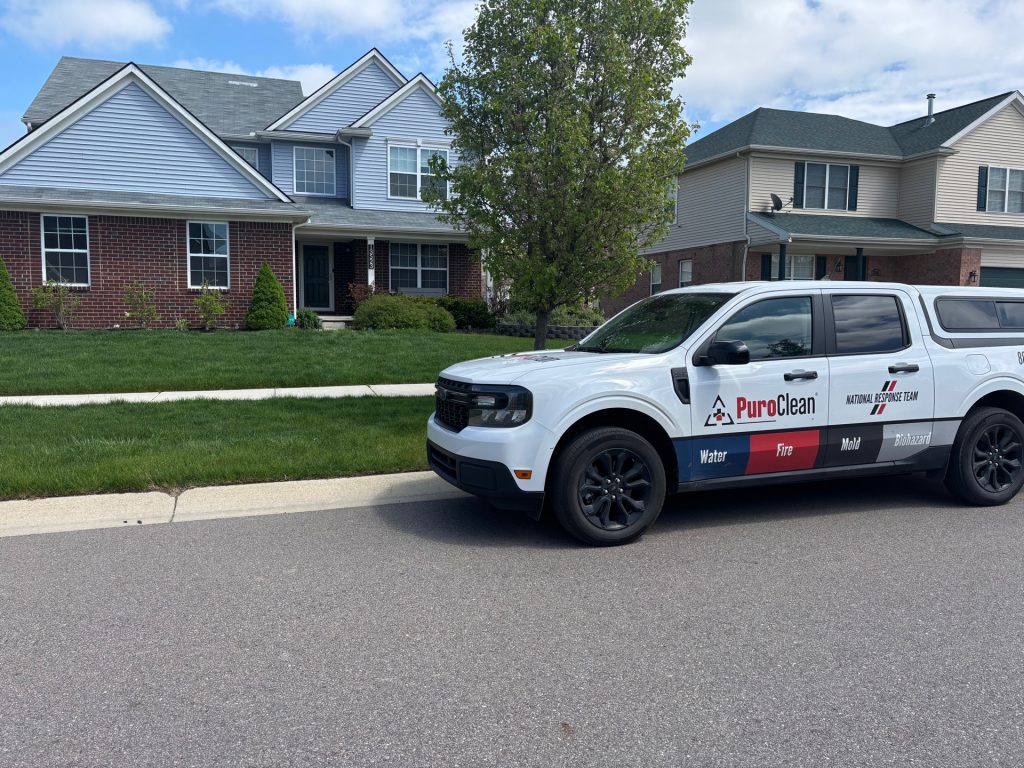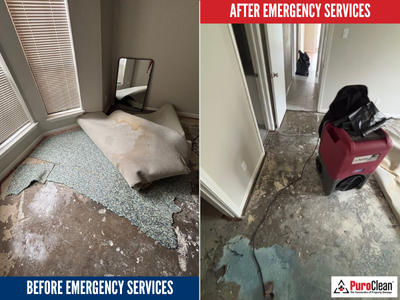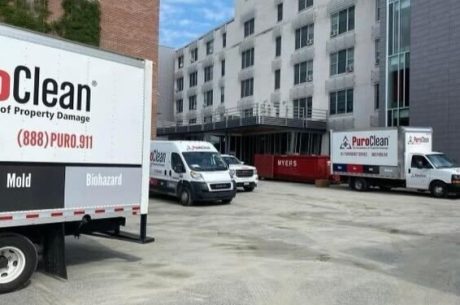Table of Contents
For more water damage restoration, fire & smoke damage restoration, mold remediation and removal, biohazard cleanup, restoration reconstruction services, or want more information about our Dallas, TX location, please visit our Google Page.
When a fire tears through your home, your first priority is safety. Once it’s out, you might think the worst is behind you—but that’s not always the case. What many homeowners in Park Cities and North Dallas don’t realize is that a significant threat may still be present even after the smoke clears: structural fire damage.
Unlike visible damage such as burned siding or soot-covered walls, structural fire damage hides behind the surfaces of your home—weakening its core framework, destabilizing floors, and silently threatening your safety. At PuroClean of Park Cities/North Dallas, we’ve seen firsthand how seemingly minor fire events can result in extensive unseen damage to framing, roofing, and foundation elements.
In this blog, we’ll walk you through what structural fire damage is, why it’s dangerous, how to spot it, and what steps to take to properly repair and rebuild.
What Is Structural Fire Damage?
Structural fire damage refers to the fire’s impact on the essential load-bearing parts of a structure. These elements give your home or building its shape, strength, and stability. When fire or heat weakens them, the risk of collapse becomes very real—even if the damage isn’t immediately visible.
The most commonly affected components include:
- Wall studs and interior framing
- Roof trusses and rafters
- Floor joists and subfloor materials
- Support beams and load-bearing columns
- Structural masonry or concrete foundations
Even if flames didn’t directly touch these materials, high temperatures or the water used to extinguish the fire can weaken them. If left unaddressed, structural fire damage can lead to long-term safety hazards and major reconstruction costs.
Why Structural Fire Damage Is So Dangerous
1. Heat Can Warp and Weaken Materials
Wood, metal, and concrete are all vulnerable to high temperatures. Prolonged exposure—even without flames—can cause permanent changes in their strength. Wood may lose its integrity, metal can bend or expand, and concrete can crack or spall from trapped moisture.
2. Water Makes It Worse
Water used by firefighters can soak into insulation, drywall, and framing. While it helps put out the fire, it also creates the perfect conditions for mold, mildew, and hidden rot.
3. It’s Easy to Miss
Because structural fire damage often occurs inside walls, attics, or crawl spaces, it’s not always visible without a proper inspection. Many homeowners don’t notice the signs until it’s too late—when a floor begins to sag or cracks appear around doorways.
4. It Endangers Rebuilding
If you try to renovate or repaint before addressing underlying structural issues, you could be putting money—and lives—at risk. A new ceiling won’t hold if the beams above it are compromised.
Common Signs of Structural Fire Damage
Even if the damage isn’t visible to the untrained eye, there are subtle symptoms that your home’s structure may be compromised. Watch for:
- Cracks appearing in drywall or ceilings
- Doors and windows that no longer close properly
- Popping nails or lifted floorboards
- Noticeable sloping or sagging in floors
- Burn marks near framing or attic spaces
- Persistent smoke odors in enclosed areas
If you live in an older home, or one with additions or previous repairs, be especially vigilant—these areas may already have structural vulnerabilities worsened by fire.
What Happens If You Ignore Structural Fire Damage?
Unfortunately, some homeowners delay repairs—either because they don’t know the damage is there or they hope the problem will resolve itself. But structural damage almost always gets worse over time.
Delaying repairs can lead to:
- Structural failure or collapse
- Increased risk of mold and water damage
- Higher repair costs later
- Decreased property value
- Safety risks for your family or tenants
What’s more, depending on the type of fire and how it was extinguished, your home may be harboring unsafe materials, including soot, ash, or chemically altered insulation. These materials not only affect structural integrity but can also impact indoor air quality.
How PuroClean of Park Cities/North Dallas Addresses Structural Fire Damage
At PuroClean, our job doesn’t stop at cleaning soot or removing smoke odor. We’re trained and licensed to handle full restoration and reconstruction—including the safe assessment and repair of structural fire damage.
Here’s how we do it:
Step 1: Full Structural Inspection
We use specialized tools like moisture meters and infrared cameras to detect hidden damage behind walls, above ceilings, and under flooring.
Step 2: Safe Material Removal
We remove compromised materials and contain the area to prevent cross-contamination. This protects the parts of the home that are still safe and salvageable.
Step 3: Code-Compliant Repairs
We repair or rebuild damaged structural components with materials that meet or exceed modern safety codes—ensuring a safer, longer-lasting result.
Step 4: Restoration and Finishing
Once the structure is secure, we handle everything from drywall and flooring to paint and trim. The final product isn’t just restored—it’s rebuilt better.
We also provide detailed communication with homeowners every step of the way, so you’re never left wondering what’s happening or what comes next.
Helpful Resources
- U.S. Fire Administration – After the Fire: Returning to Normal
- PuroClean of Park Cities/North Dallas – Fire & Smoke Damage Services
Local Help You Can Trust
If your property in Park Cities or North Dallas has suffered a fire, don’t assume the danger is over just because the flames are gone. Let our experts assess the true condition of your home, restore what can be saved, and rebuild what can’t—safely, thoroughly, and to code.
PuroClean of Park Cities/North Dallas is your trusted local partner for fire restoration and structural recovery. We respond 24/7 and are always ready to help when it matters most. Call us today at (214) 446-5458.




